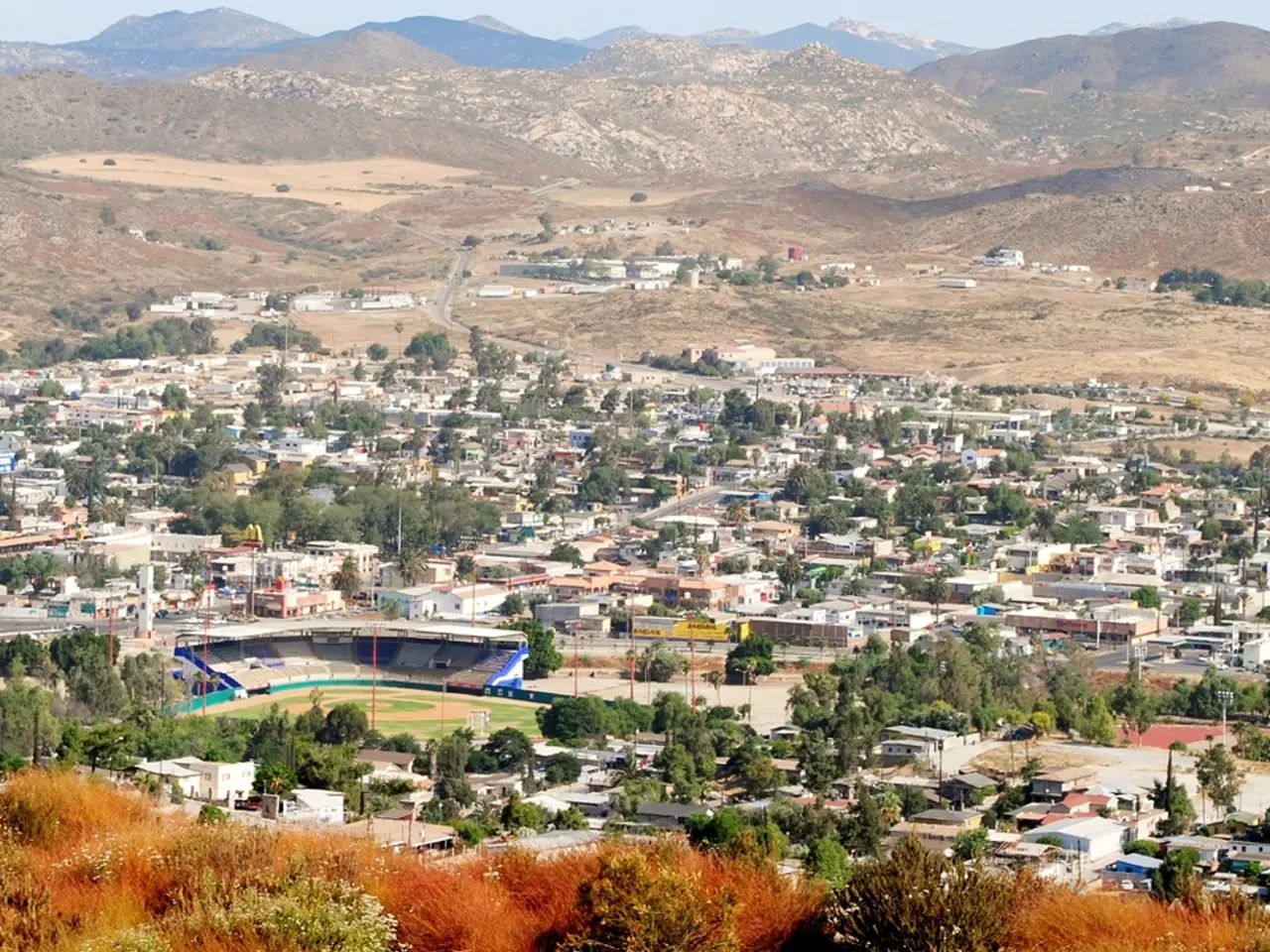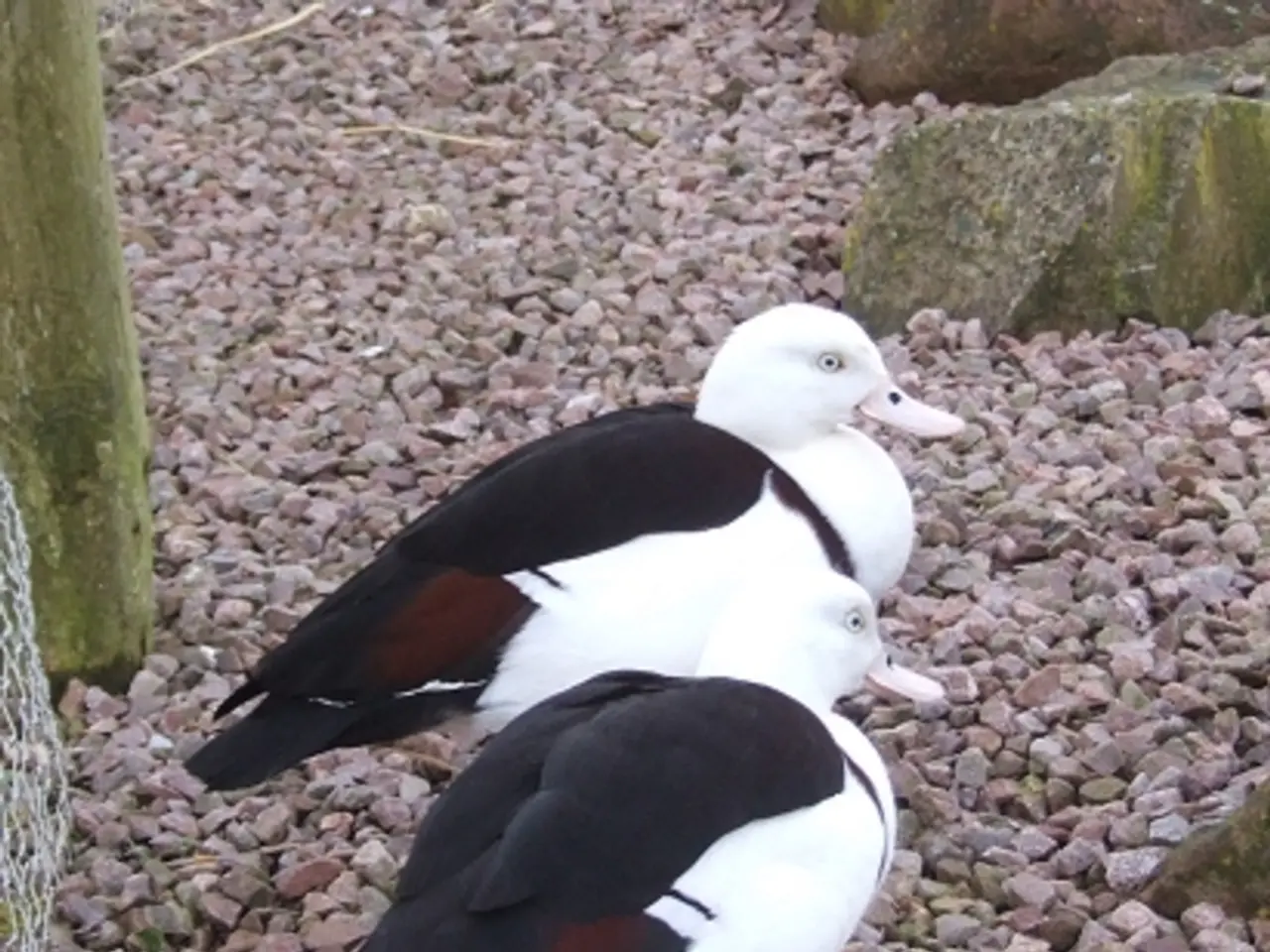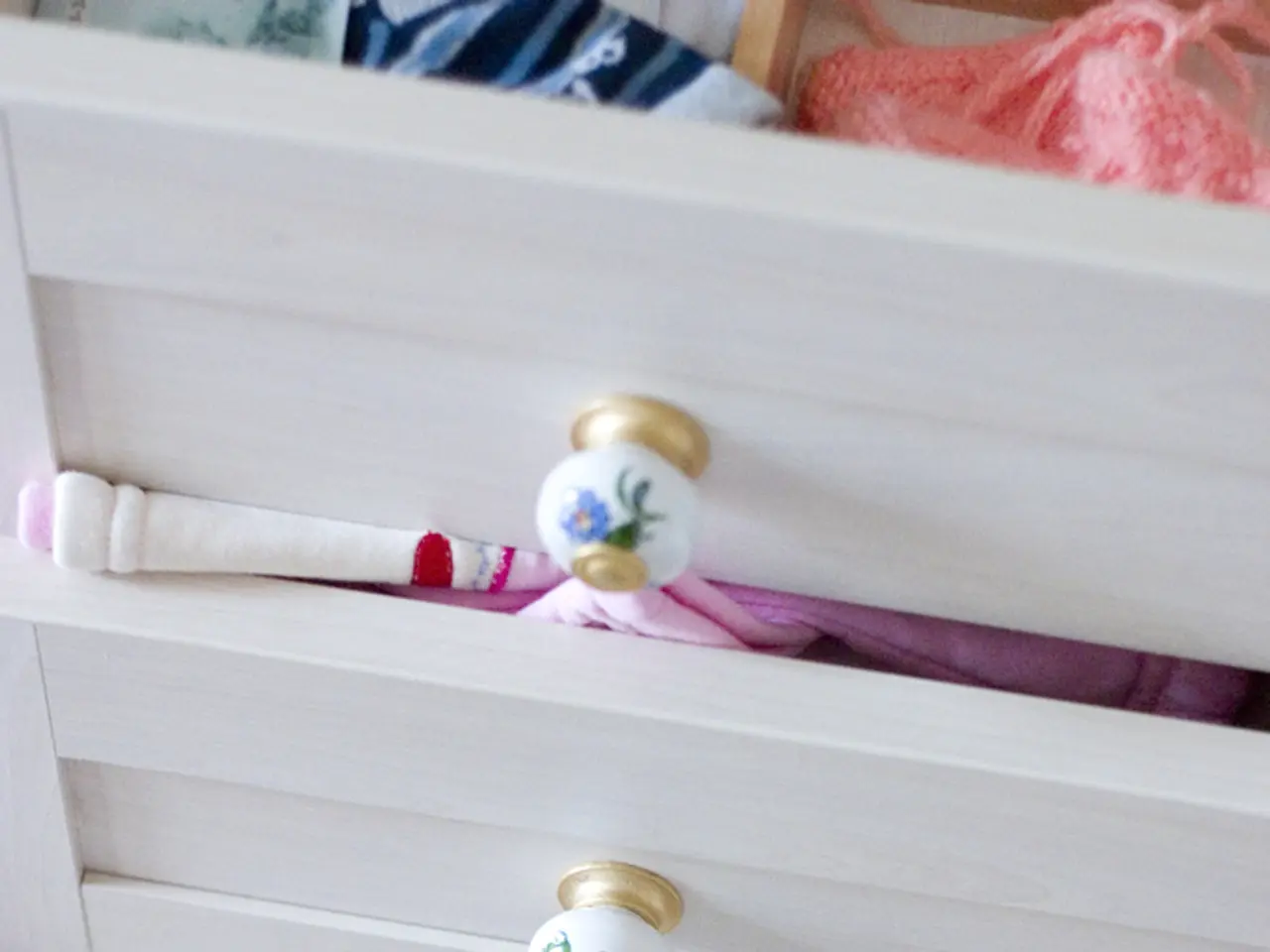Instructions for Cultivating Moss on Concrete: A Simple and All-Encompassing Manual
In a bid to enhance outdoor spaces and promote sustainability, growing moss on concrete has emerged as a creative and eco-friendly alternative. Here's a step-by-step guide on how to grow moss on concrete, along with the necessary tools and best practices for propagation and care.
**Steps to Grow Moss on Concrete**
1. Prepare the Concrete Surface: Begin by cleaning the concrete thoroughly to remove any debris or existing vegetation. Ensure the surface is moist but not saturated, as moss thrives in damp environments.
2. Mix the Moss Growth Medium: Combine traditional concrete with organic matter like coconut fibre or peat moss to create a suitable substrate for moss growth. Alternatively, use a bio-receptive concrete mix designed for moss growth, such as the one developed by Respire.
3. Apply the Moss Mixture: Spray the surface with a mixture of water, buttermilk, and some moss. The buttermilk helps with moisture retention and can enhance the growth environment. If using a bio-receptive concrete mix, follow the manufacturer's instructions for application.
4. Provide Optimal Conditions: Ensure adequate moisture by misting the surface regularly, especially during the initial stages of moss growth. Moss prefers partial shade and cooler temperatures, so choose a location with these conditions if possible.
5. Maintain the Moss: Regularly inspect the moss for signs of dryness or overgrowth. Trim excess moss to maintain a healthy, dense carpet. Avoid using chemical fertilizers or pesticides, as they can harm the moss. Instead, use natural methods to control pests or diseases.
**Tools Needed**
- Moss: Obtain moss from a local source or purchase it from a nursery. - Coconut Fibre or Peat Moss: To mix with concrete for creating a moss-friendly substrate. - Buttermilk: Helps retain moisture and can enhance moss growth. - Spray Bottle: For applying the moss mixture and maintaining moisture. - Garden Gloves: For handling the materials and maintaining the moss.
**Best Practices**
- Ensure Good Aeration: Use porous materials to prevent waterlogging and promote healthy growth. - Monitor Moisture Levels: Moss thrives in moist environments but can be sensitive to overwatering. Balance moisture levels carefully. - Control Sunlight and Temperature: Most moss species prefer partial shade and cooler temperatures, so choose a location accordingly. - Avoid Chemicals: Use natural methods for pest control and fertilization to maintain the health of the moss.
By following these steps and best practices, you can successfully grow moss on concrete surfaces, creating a unique and sustainable outdoor feature. It's important to note that moss can be a nuisance when it spreads to unwanted areas and is difficult to remove once it grows on concrete. Filtered water or freshly collected rainwater is recommended for misting the slurry.
With over 12,000 different species of moss, the possibilities for creating a unique outdoor space are endless. Mosses are small, non-vascular plants that do not bloom flowers. Soil acidity should be regularly monitored, with the best pH level for moss being around 5 to 5.5.
Glen, a gardening expert with over 15 years of experience in garden maintenance, design, and landscaping services, emphasizes the importance of thorough preparation and careful maintenance when growing moss on concrete. After spreading the slurry, it should be misted with water for optimum growth. Tools needed for growing moss on concrete include shredded moss, a thick paintbrush, water, a mister, and a blender.
Moss thrives in a hygienic environment and is sensitive to mold, bacteria, or fungi. Care should be taken not to harm endangered species when collecting moss from various locations. Fertilizer should not be used for moss care as it contains chemicals and minerals that may be harmful.
An innovative application of this technique is moss graffiti, where the slurry is spread into designs or patterns on walls, and it will grow within six to eight weeks. This eco-friendly alternative to traditional graffiti provides a unique and sustainable way to beautify urban spaces.
To cultivate a eco-friendly home-and-garden lifestyle, consider growing moss on concrete surfaces as a creative and sustainable alternative. By preparing the concrete, mixing a moss growth medium, applying the moss mixture, providing optimal conditions, and maintaining the moss, you can create a unique home-and-garden feature that promotes sustainability and enhances outdoor spaces.




